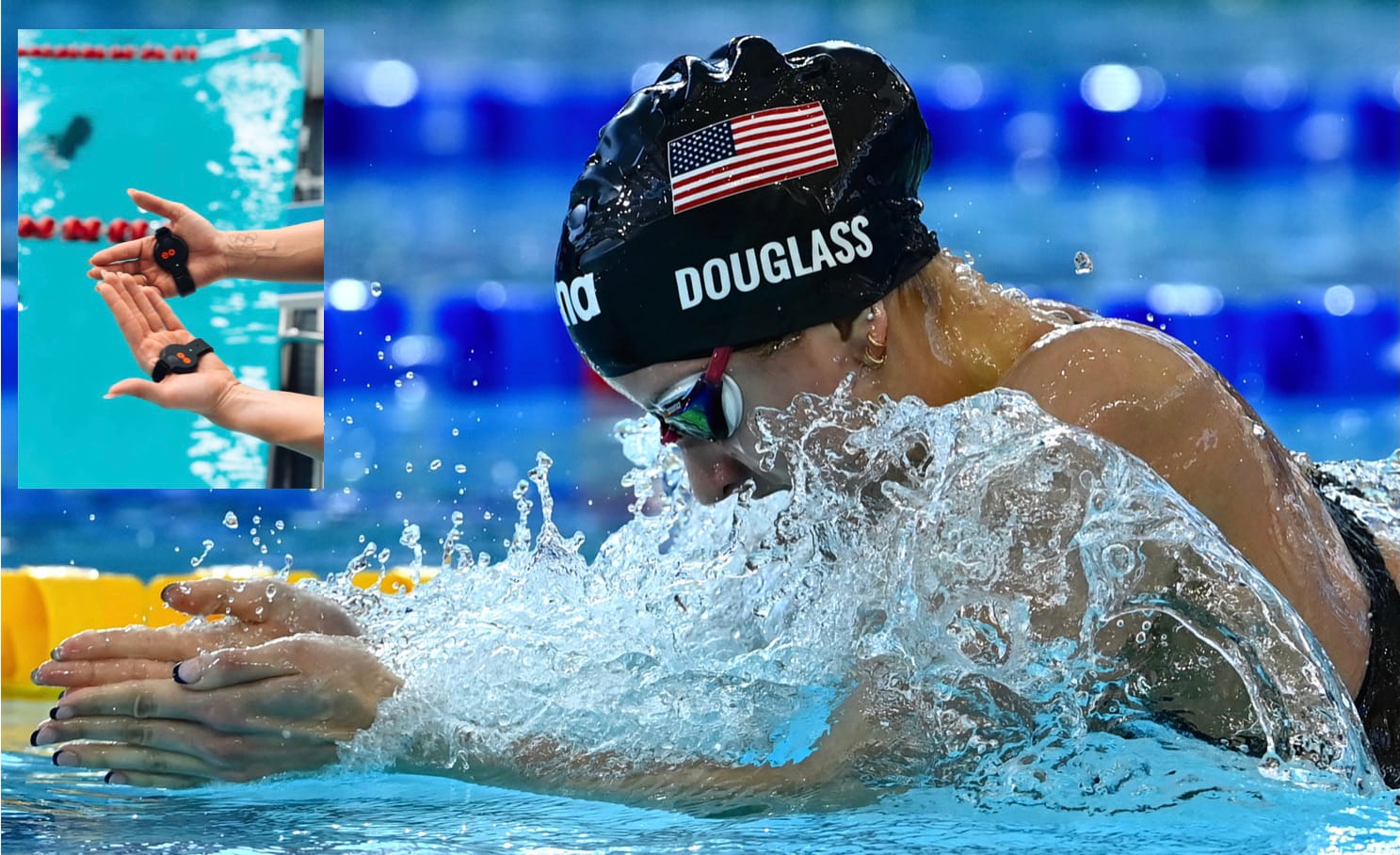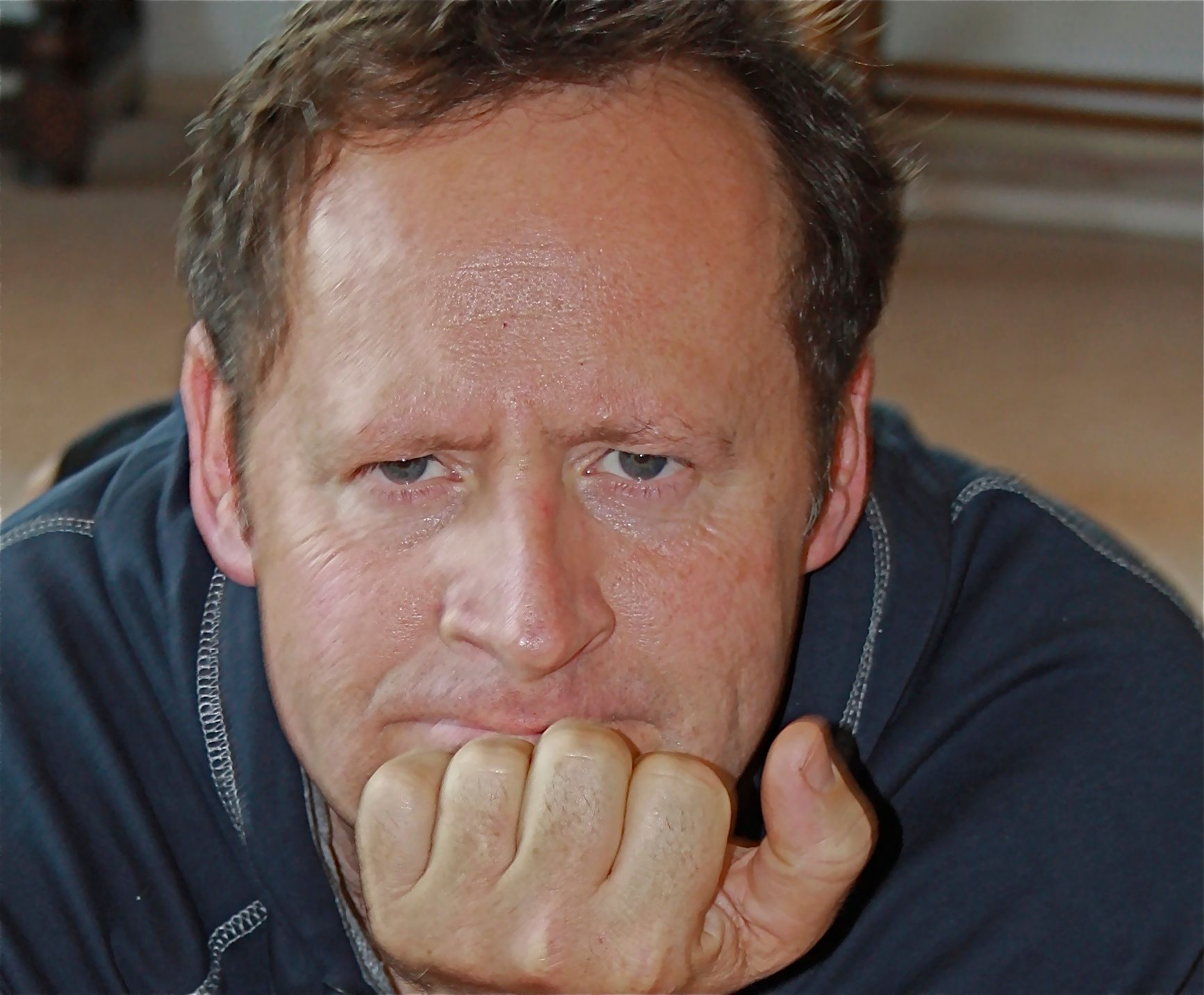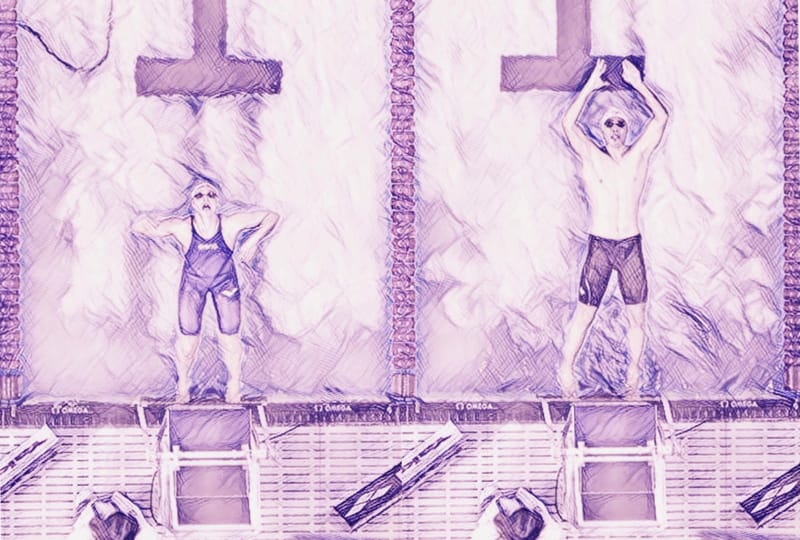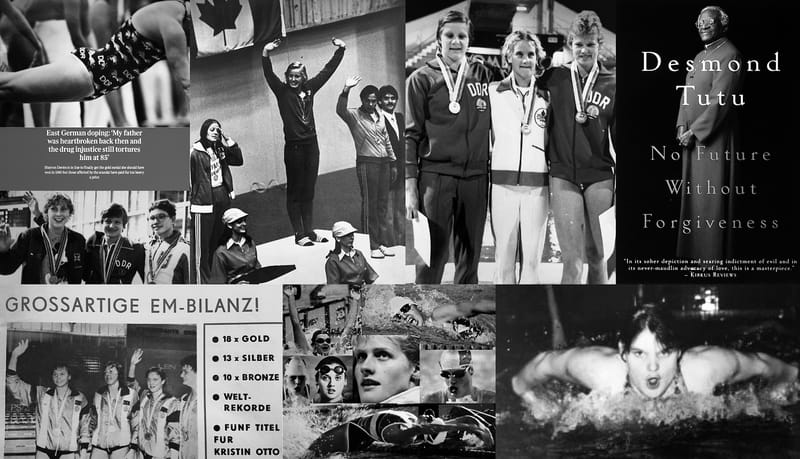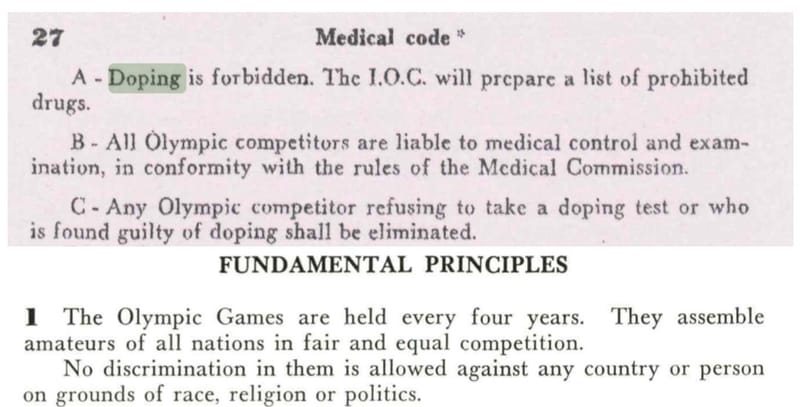Douglass & Her Doppelgänger Dance With Data To Party In The Paris Olympic Pool
Thanks to Newton's calculus, "Mathematics, physics and technology have revolutionised swimming. The idea is that biomechanical and hydrodynamic minutiae are variables in a complex physical and mathematical problem. By optimizing these “variables,” swimmers can reach near perfection."
Harnessing elite swimming performance to a "digital twin" is nothing new but when Kate Douglass arrives in Paris among favourites for medals, if not titles, this month, her doppelgänger will be the invisible half of an Olympic first before the gun goes off.
Douglass has stepped up to golden hope in both events since taking bronze in Tokyo as a teenager three years ago in the 200m medley. Now 22, she boasts the 2023 and 2024 World titles in that event and will enter the fray at the Paris La Defense Pool as world-ranked No2 on the clock this year.
The 2mins 06.79sec personal best she clocked at U.S. Trials last month is of particular relevance to the benefits of having a digital twin guiding her closer to her “perfect swim” than she’s ever been before: the race includes one length on each of the official four strokes and their cousin, ‘dolphin’.
In other words, the digital twin has been harnessed to test the full range of movements in an element that offers a helping hand to those in tune and the full force of resistance to those who aren’t.
Douglass, who is also a title hope in the 200m breaststroke thanks to improvements she’s made since using her doppelgänger to guide her, has just one rival ahead of her on the clock this season: Australian backstroke ace and triple Olympic champion Kaylee McKeown, who set a 2:06.63 Commonwealth record at her own trials in Brisbane the week before Douglass qualified in Indianapolis.
Since graduating last year, the American, who has withdrawn from the solo 100m freestyle in Paris, handing the berth over to 100 'fly World record holder Gretchen Walsh, has been working on making the sums add up in training and the classroom as a student working on her masters in statistics at the University of Virginia (UVA).
A multiple NCAA champion for UVA during her undergraduate years, Douglass has co-penned a paper with Augustus Lamb, Jerry Lu, Ken Ono & William Tenpas for The Mathematical Intelligencer, a publication of the science and business wing of German publisher Springer.
It's a fascinating read when it gets down to Douglass and team unmasking her digital twin, who takes a ton of data from the swimmer's unique movement in water and supporting evidence and finds the line of least resistance, the curve and vortex of greatest efficiency for a swimmer precisely like Douglass - and no other.
As she and her co-writers note:
"How should coaches prepare Olympic hopefuls? Should they instruct their athletes to swim like Katie Ledecky and Michael Phelps, with dreams of replicating their success? Definitely not. Athletes come in different shapes and sizes and have different strengths and weaknesses. The stuff of Olympians is nothing like the do-it-yourself movement of home repair, where a simple Internet search reveals the one correct answer.
"Mathematics, physics and technology have instead revolutionised swimming. The idea is that biomechanical and hydrodynamic minutiae are variables in a complex physical and mathematical problem. By optimizing these “variables,” swimmers can reach near perfection."
Perfection is personal of course, in that equation. Optimum for Douglass could be extremely sub-optimal for you, so, don't try on any one else's digital twin, is the message. Build your own.
In Paris, Douglass will be one of nine TeamUSA swimmers guided by their digital twin nine years after teams of researchers at Emory University and the University of Virginia, led by one of the swimmer’s co-authors, Ken Ono - STEM adviser to the provost, Marvin Rosenblum Professor of Mathematics at the University of Virginia and, and a competitor for TeamUSA at the World Cross Triathlon Championships - started to develop a system in which swimmers are equipped with devices called inertial measurement units.
The technology has also been used by Australians in their preparation for Paris:
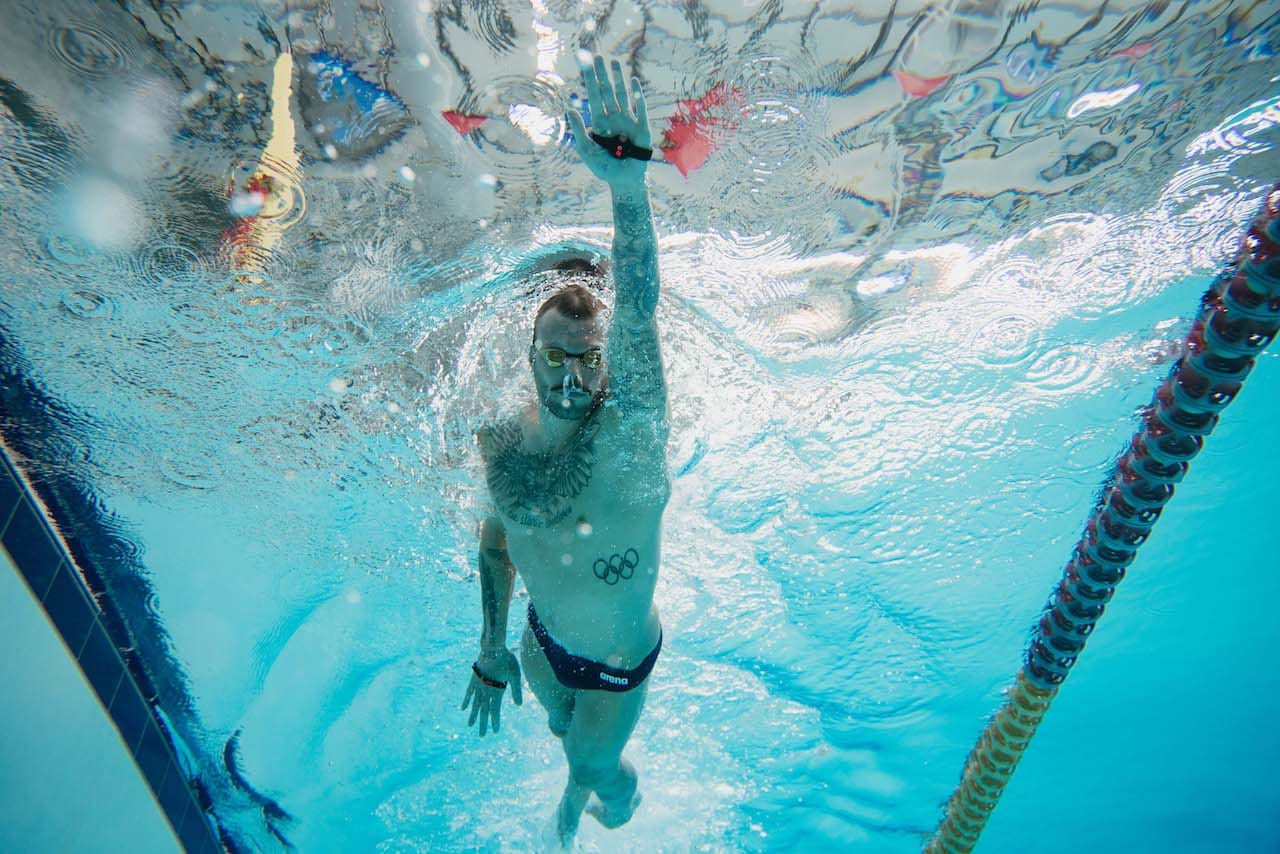
The IMUs record the body’s acceleration, orientation and force. Unlike typical digital video, which records 24 frames per second, these new sensors capture information 512 times a second.
The technology is available on the mainstream market in the form of eo SwimBETTER’s force-sensor band, developed by Jaimie Fuller and team. The UVA experts used the eo SwimBETTER band to collate some of the data they use.
Worn across the palm (as pictured below), it’s a dream piece of equipment not only for elite athletes and age groupers but for the vast waves of Masters (25 to over 100 years old, in five-year categories) around the world, many who are highly motivated to improve their swimming skills in ways that were never possible back in their youth as members of competitive regular-training squads.
The partnership of eo SwimBETTER, UVA, their head coach Todd DeSorbo, also head coach to the USA women’s Olympic team this summer (with the likes of Douglass and World 100m butterfly record holder Gretchen Walsh on his charge sheet), and their “mathematical genius guru” Dr Ken Ono, as Fuller describes him, has further developments in the pipeline post-Paris.
Gallery:
eo SwimBETTER - "The Science of Defiance"
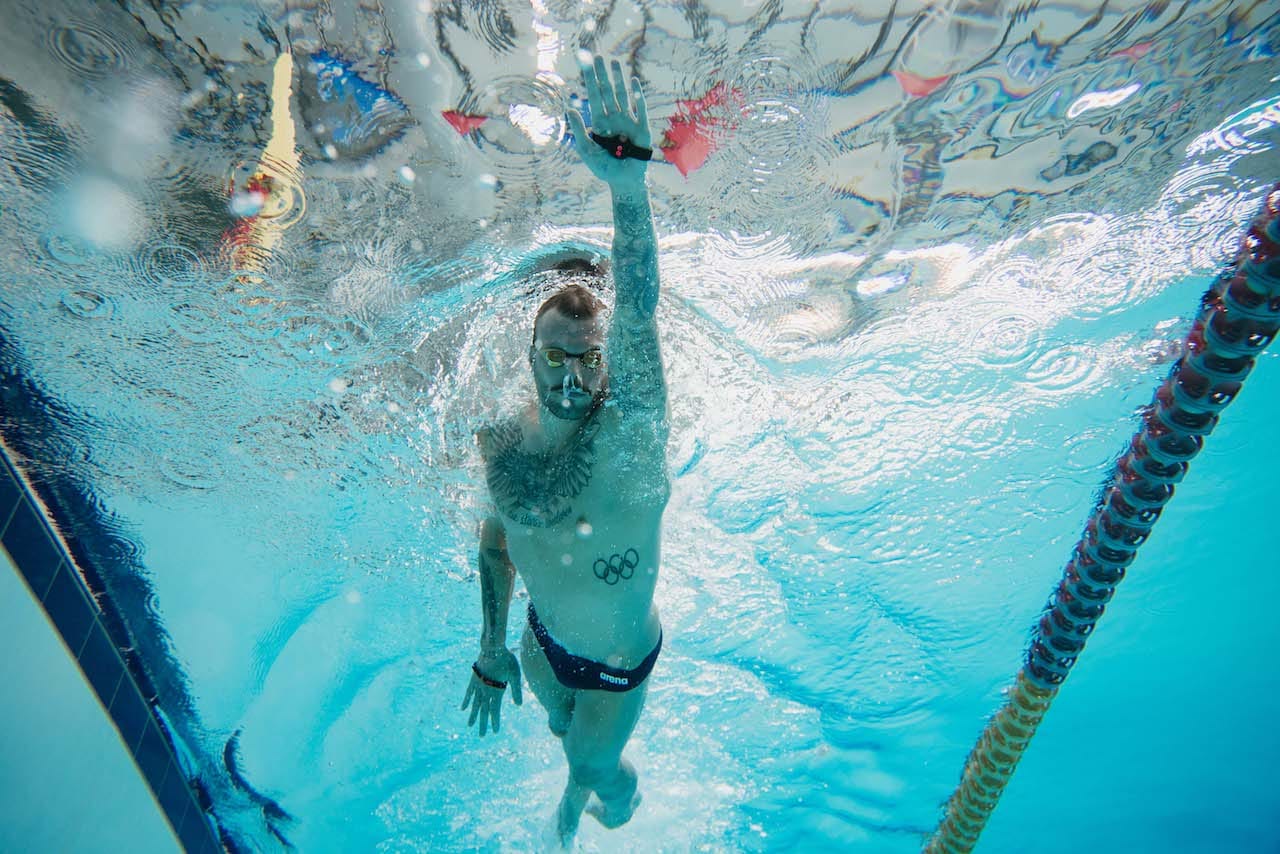

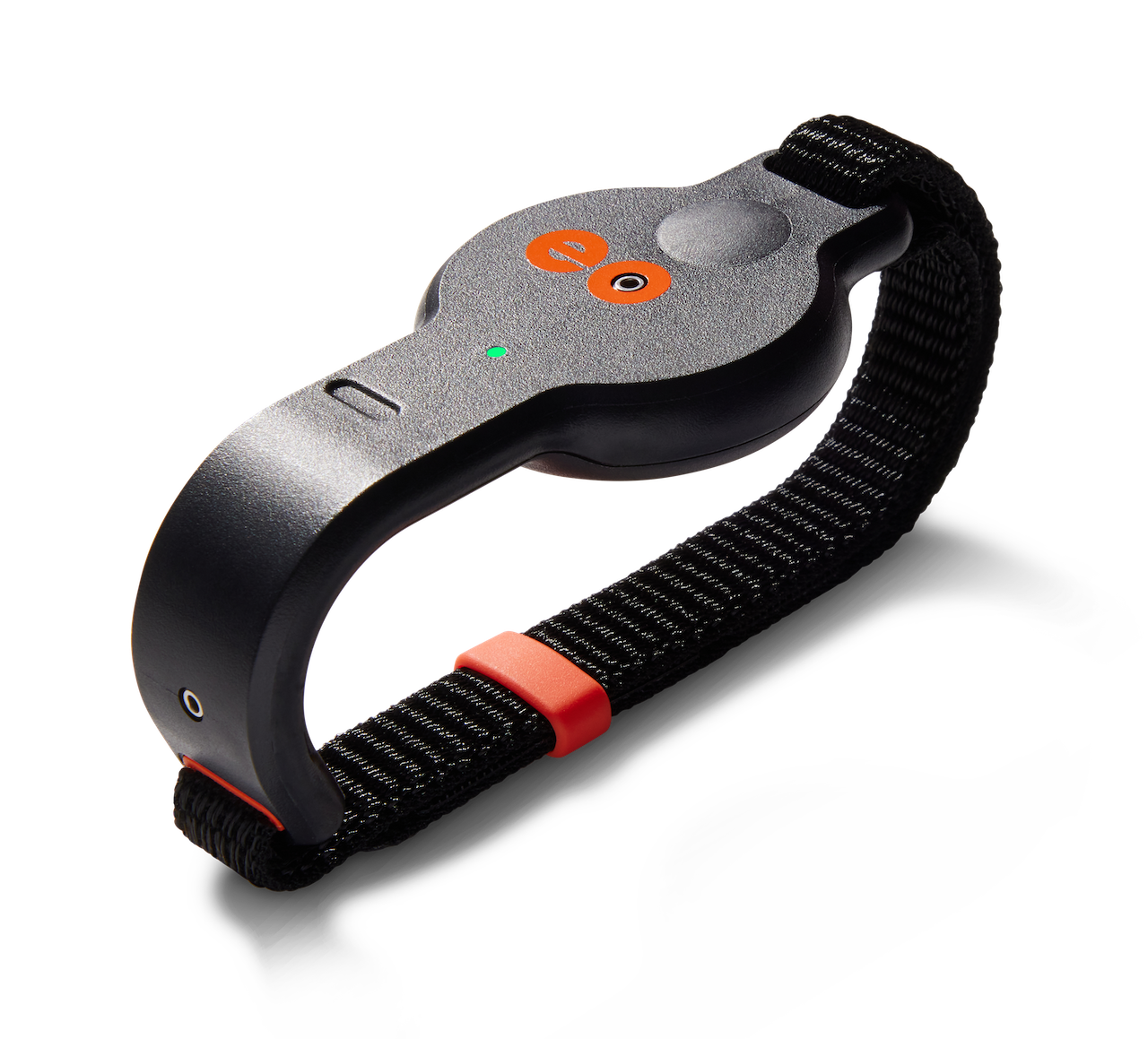
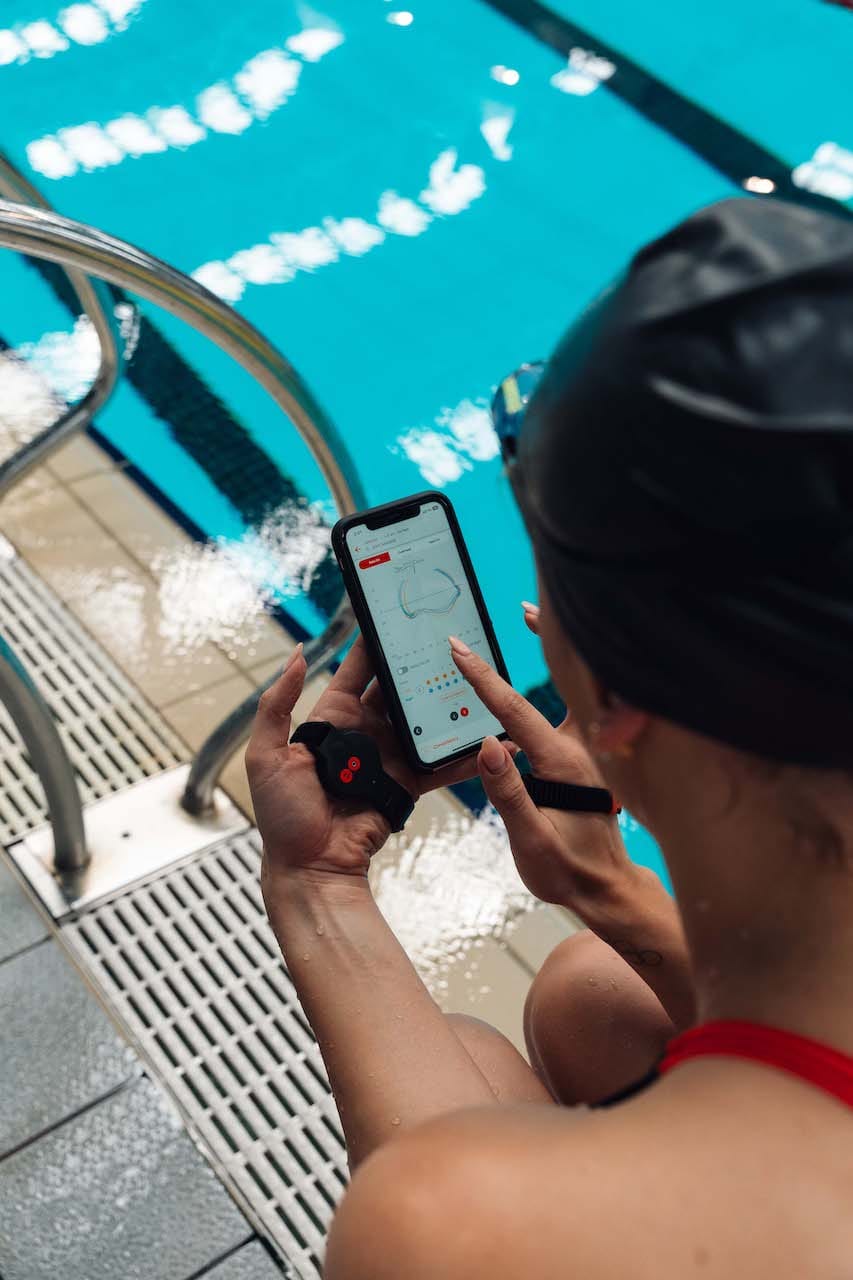
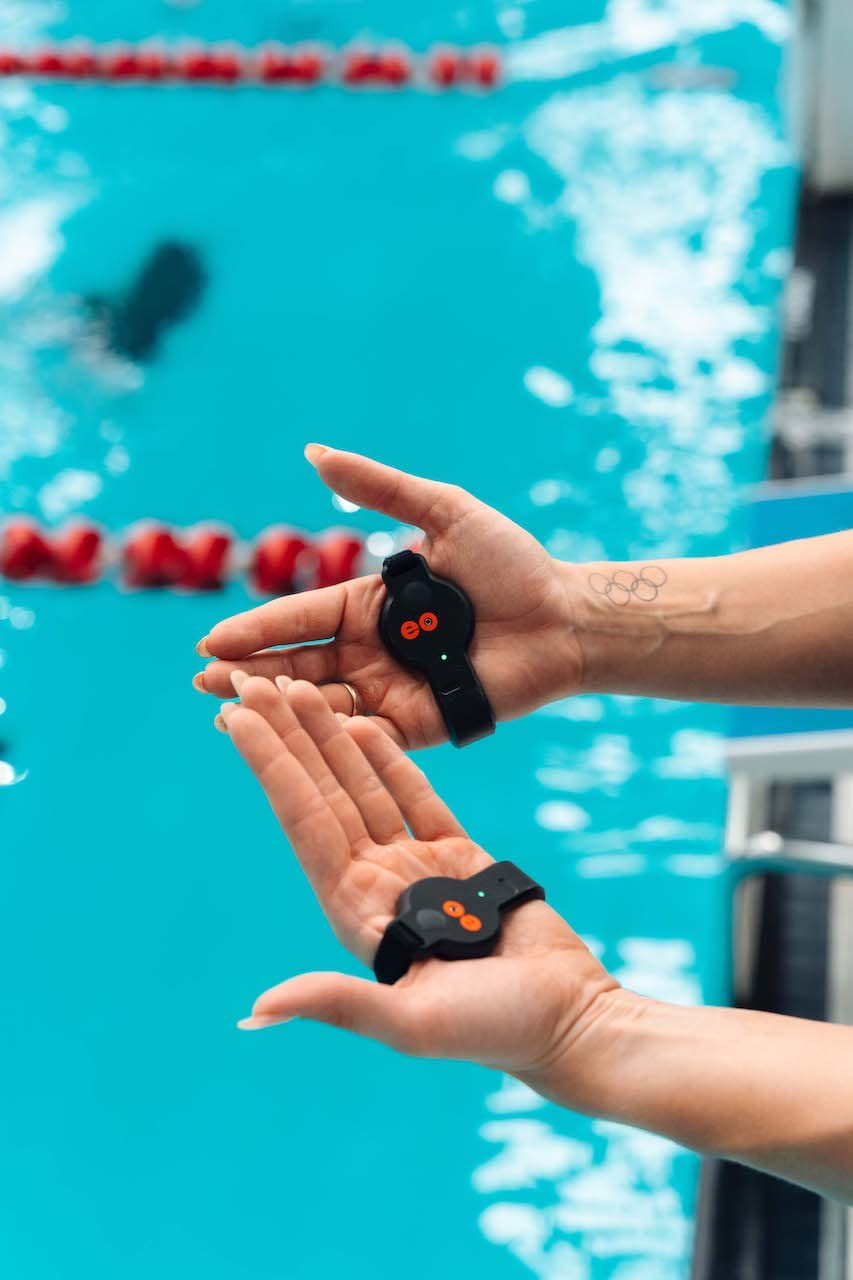
In the rest of this feature:
- Winners & Chasers In History’s Pursuit of The Winning Edge In Water
- The benefits and lessons of a Digital Twin
- The Fifth Stroke - and what we learned in 2007
